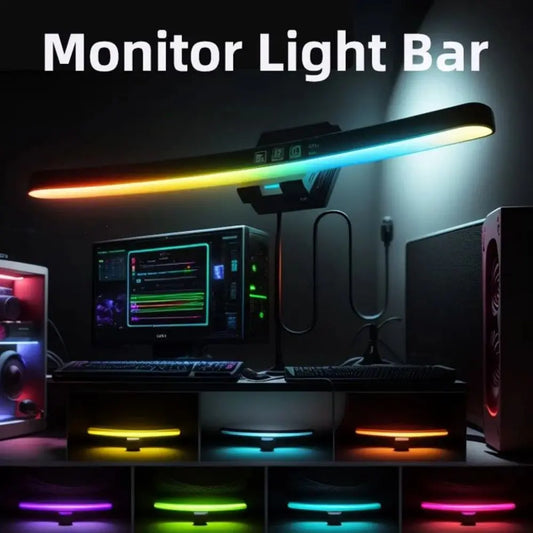What is shortage gaming?
Aktie
Shortage gaming refers to the practice of leveraging product shortages or supply chain issues to create artificial demand and inflate prices in the gaming market. This can happen with gaming hardware, such as consoles, GPUs (Graphics Processing Units), and accessories, but it can also apply to limited-edition game releases, in-game items, or even collectibles related to gaming.
Here are some key aspects of shortage gaming:
1. Supply Chain Disruptions
- Global shortages: Various global factors, such as chip shortages, shipping delays, or logistical bottlenecks, can affect the availability of gaming products. For example, in recent years, there have been notable shortages of consoles like the PlayStation 5 and Xbox Series X due to semiconductor shortages.
- Impact on Gaming Hardware: High-demand gaming hardware, such as gaming PCs, GPUs (graphics cards), and next-gen consoles, might experience severe shortages, making it difficult for consumers to purchase them at regular retail prices.
2. Price Inflation
- Price Gouging: During times of shortage, some sellers or resellers may take advantage of the situation by inflating prices well above the standard retail value. This practice is known as price gouging. For example, the PS5 or Xbox Series X might be sold for two to three times their original price by resellers during times of shortage.
- Scalping: Resellers or scalpers use bots to purchase products in bulk as soon as they are released, in order to sell them at a significantly higher price. This practice has been particularly common with high-demand consoles and limited-edition game releases.
3. Limited Edition Gaming Products
- Special Editions: Game developers and console manufacturers sometimes release limited-edition consoles or special-edition game bundles to create a sense of exclusivity. When combined with a product shortage, these limited editions can become extremely expensive in the secondary market, even if they were originally priced higher due to their special nature.
- Exclusive Collectibles: Similar to limited editions of physical products, exclusive in-game content (like skins, weapons, or cosmetic items) can become the subject of shortage gaming when they are only available for a limited time, further driving up demand.
4. Psychological Manipulation
- FOMO (Fear of Missing Out): Shortage gaming often plays on the psychological aspect of scarcity. When something is perceived as rare or hard to find, consumers are more likely to feel the need to act quickly or pay a premium price.
- Marketing Tactics: Companies may intentionally limit the release of certain products or create exclusive events or sales, creating artificial demand. This can result in the item being seen as more valuable simply because it’s not easy to get.
5. Impact on Gamers
- Frustration for Consumers: Shortage gaming often leaves consumers feeling frustrated when they cannot get their hands on the latest hardware or software at a reasonable price. Many consumers might feel they have to pay inflated prices due to high demand, or worse, be forced to wait months to buy at retail price.
- Disrupting the Market: While some consumers are willing to pay extra for the privilege of having an item quickly, shortage gaming can harm the broader market by introducing unnecessary price volatility and hindering fair access to products.
6. Examples of Shortage Gaming
- PlayStation 5 and Xbox Series X: In late 2020 and throughout 2021, the PS5 and Xbox Series X were incredibly difficult to find at their original retail prices due to supply chain issues. This led to widespread scalping, with prices soaring on secondary markets.
- Graphics Cards: GPUs, especially high-performance models like the Nvidia RTX 3000 series, became severely scarce during the cryptocurrency boom in 2020-2021, as miners bought up large quantities. This led to massive price increases, frustrating gamers who simply wanted a GPU for gaming.
- Limited Editions of Games: Special or collector’s editions of video games, especially in franchises like The Legend of Zelda, Final Fantasy, and Call of Duty, often become collector’s items, with prices inflating due to scarcity or limited availability.
7. Strategies to Avoid Shortage Gaming
- Pre-Orders: One way to avoid the rush and potential price inflation is to pre-order items when they are first announced. However, even pre-orders can sometimes be affected by manufacturing delays, so it's not a guaranteed solution.
- Avoid Resellers: While it’s tempting to pay a higher price for an in-demand item, reselling often encourages shortage gaming. Supporting retail prices by purchasing directly from official retailers can help curb price gouging.
- Wait for Stock Restocks: Many companies and retailers will restock popular items over time, so it’s often worth waiting rather than purchasing from a reseller.
In Summary:
Shortage gaming revolves around the scarcity of gaming products due to supply chain issues, high demand, or limited editions, leading to inflated prices and reselling. While it can create frustration for gamers, it also highlights the psychological influence of limited availability on consumer behavior. Although it’s becoming more common due to factors like global chip shortages, gamers can avoid falling into the trap by staying informed, avoiding resellers, and waiting for restocks or official sales.
Let me know if you’d like to explore more about gaming shortages or specific products impacted by shortage gaming!




